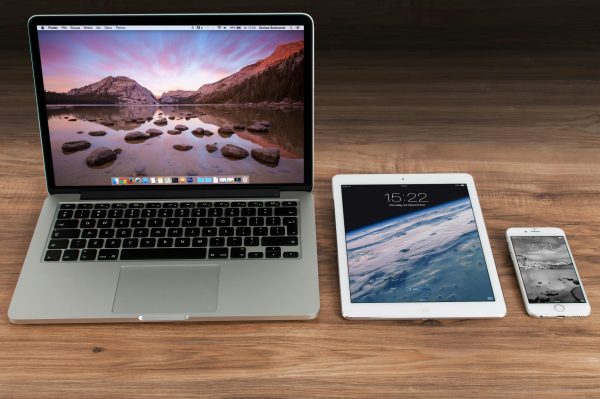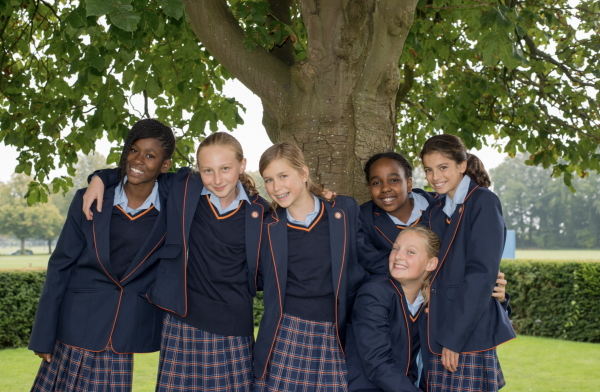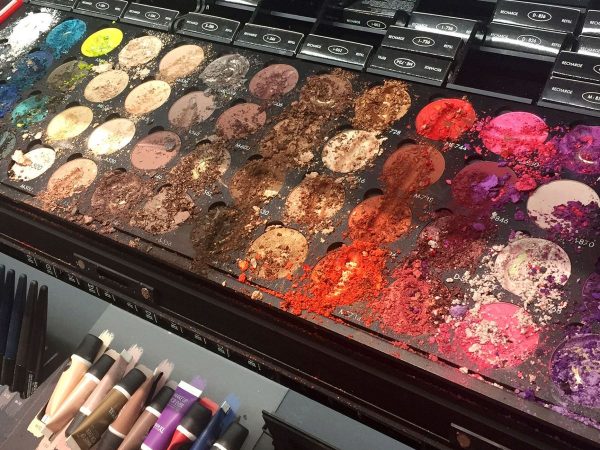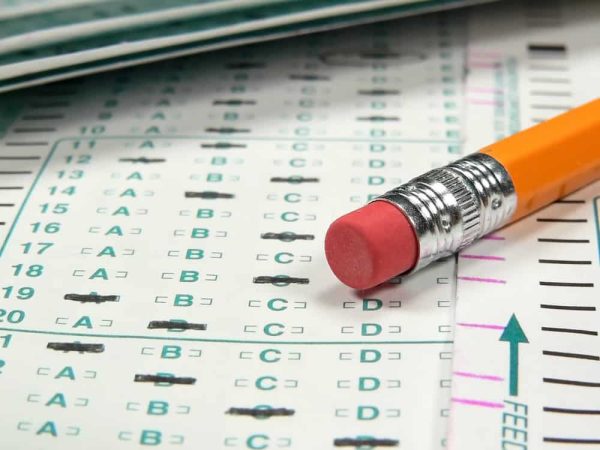Where Do People Get Their News
“Believe in truth. To abandon facts is to abandon freedom. If nothing is true, then no one can criticize power, because there is no basis upon which to do so.” ― Timothy Snyder
Freedom of the press is critical to our democracy, or in better words, a government with a responsibility for the people. Initially, free media gave citizens a platform to criticize and modify our government or spread vital information to the population. Without it, freedom and liberty would have no mode of citizen expression. However, in a digital world of instant information, news has transformed from major, credible, unbiased sources to millions of clickbait and disinformation on unreliable sites. That being said, being an informed citizen, especially a student, is increasingly important since we are currently dealing with dire social issues that require an educated population to enact change. So, where does this put us, a generation overwhelmed with humanitarian issues but no clear media outlets that accurately cover these issues? Not exactly. To combat the excessive output of information, we must understand why convenient news is so damaging and where we should be getting our information instead. To do so, I turned to our most esteemed and tenured staff: Mr. Cierpial, Mr. Meloche, and Mr. Fadoir, on how/where they get their news and their advice to students on managing media consumption.
“the government has power with the consent of the governed, so we need to give that consent, and it should be informed consent.
— Todd Fadoir
Each teacher emphasized the significance of the news, making their own claims for its importance. Mr. Cierpial urges that “You owe it to yourself as a person to be thoughtful and a whole person, and to do the job of being thoughtful because you are worth it and democracy is worth it.” Mr. Fadoir affirms that “the government has power with the consent of the governed, so we need to give that consent, and it should be informed consent.” Their thoughts briefly encapsulate the importance of a well-informed student body: it is one part of an individual’s larger contribution to society.
Despite their thoughts, according to an Instagram poll I posted, of the (approximately) 100 students who participated in the poll, 79% of Berkley students get their news from social media sites, 56% of that being on TikTok. Statista (a vetted statistic cite), records that as of February 2022, 45% of 18-34 years old consume daily news via social media. In corroboration with this data, it is clear that Berkley students follow the same pattern as younger generations.
You owe it to yourself as a person to be thoughtful and a whole person, and to do the job of being thoughtful because you are worth it and democracy is worth it.
— Paul Cierpial
At least students are seeking out some kind of information, but given that many of these apps are prone to disinformation and unreliability, it might signal a troubling shift in how the younger portion of the electorate is informed. Not only are these apps not reliable sources, but they often feature tidbits of issues that only partially cover the complexity of the topic. Adding on, many topics the apps cover heighten the immediateness of the issue. For instance, in 2021, a TikTok trend spread, covering the fatality of the upcoming killer bee epidemic. As time played out, this threat proved to be minimal. Constantly seeing or reading threatening events creates a culture of intensity that everything is going wrong everywhere. Not only does this dilute the conversations of importance, but it’s not news; it’s everyday occurrences that are dramatized to increase viewership. This calls into question another motive of quick and accessible news, monetization; these platforms design content to attract clicks, not accuracy, and not even readership.
Even though most students know current events or updates are unreliable on social media, they continue to use them.
Senior Riley Shafritz boasts about the Rap Instagram account as his primary informant but admits, “I feel like everyone can agree that Rap is informing on the most random news, not even pop culture, like monkeypox,” referring to another, more fatal, pandemic.
Similarly, Junior Seth Davidson cites TikTok and Instagram as his news sources and admits, “there’s false news on social media, but it can sometimes be accurate.” He continues to explain that “it can give accurate political situations, but it’s very biased.” In all, he rationalizes that using the platforms “does not make me feel like an informed citizen.”
Some students do break this pattern, like Sophomore Christopher Griffin who watches CNN or Fox News once or twice a week. As compared to the major events he learns from that practice, such as their coverage of the war in Ukraine, he has observed that on TikTok, the content is “bad information that goes on that is not really important.”
Understanding the inaccuracy of social media, we can use our credited teachers and advisors on better, preferred ways to stay informed. The major topics they addressed were their relationship with news, advice to students, and managing credibility or bias. Mr. Cierpial reads the news for about 30 minutes daily, and his “go-to” is the New York Times. On top of that, he reads several newspapers, and especially when larger events are happening, he uses Fox News or The Washington Times to see further-right positions. This way, Cierpial assures, he “know[s] what the other people who live in this country are receiving” because it “is the way we should understand whatever event is going on at the time.” Continuously, Cierpial urges students to “know about what other folks think.”
Similarly, Mr. Meloche and Mr. Fadoir also favor the NY Times, but they both also read the Washington Post. Mr. Meloche reads BBC and the Huffington Post, while Mr. Fadoir receives the Detroit Free Press at his house and accesses the Wall Street Journal online on Saturdays.
In terms of students’ use of social media for news, Mr. Cierpial shares “I would avoid any news feed the phone would send me because those things are more ‘clickbaity’ than what all online news has become anyway.” On the other hand, Mr. Fadoir feels “you can get news from a trusted news site from social media. The question is, are [students] actually looking at the source of those articles.” Mr. Meloche reciprocates his point emphasizing to “just vet your sources” and to “maybe hop on the web separately and vet, as long as you’re vetting the author and writers, understanding it has a slant one way or the other I think it’s fine.”
Overall, the three of them participate in the news daily, and maybe that’s an indication for students to do the same. In a way we are, but if we continue to consume daily content from social media, we miss out on the objective or real conversations of the world. As Mr. Cierpial puts it “I am not sure that the promise of the internet has worked out entirely in humanity’s favor, so I think you have to recognize what the internet and social media can offer and where they come up short and you owe it to yourself as a person to be thoughtful and a [fully informed] person.”

That being said, if our principal and these teachers’ news platforms don’t seem like the apps for you, Mr. Cierpial suggests a student-friendly, objective, and credible app: Axios. Axios has bulleted summaries of top news stories and gives estimates on in-depth reads, usually around one minute. No matter what, even if you read your news from social media (just vet the source!) or online, it is our job as students, future voters, humanitarians, and considerate citizens to be informed of the news.
Hey everyone! My name is Sarah and this is my first year on staff. I’m so excited to be the editor for the sports section and get first-hand experience...












